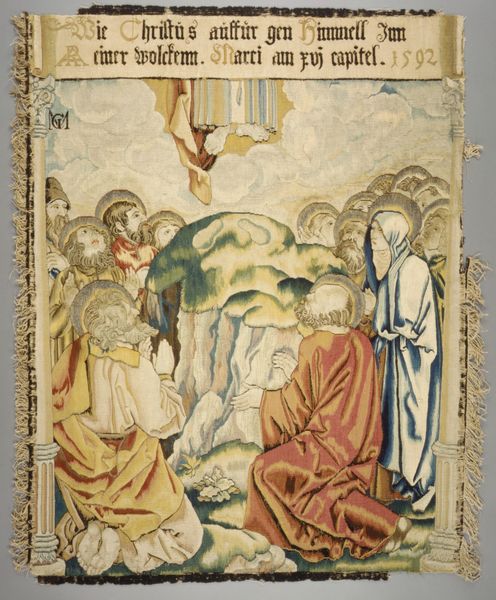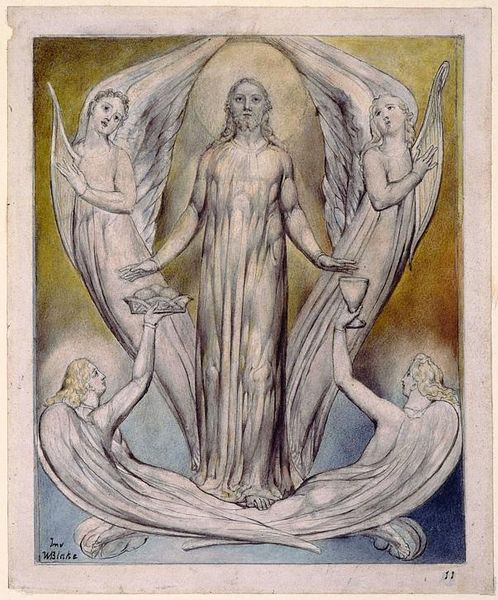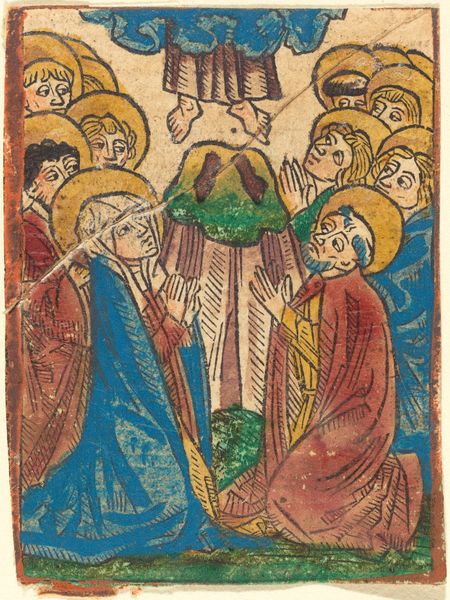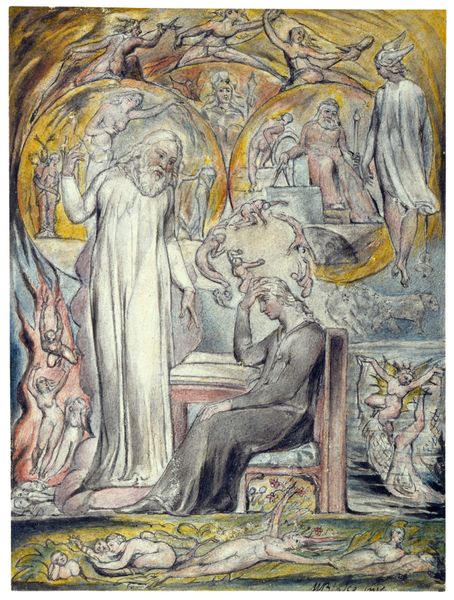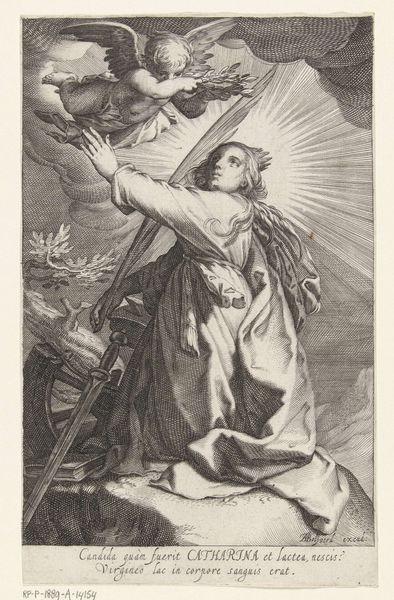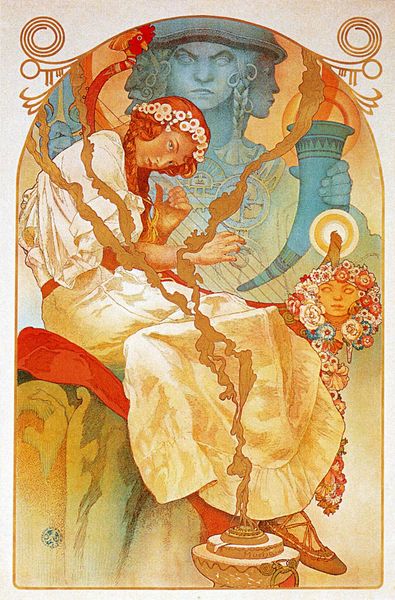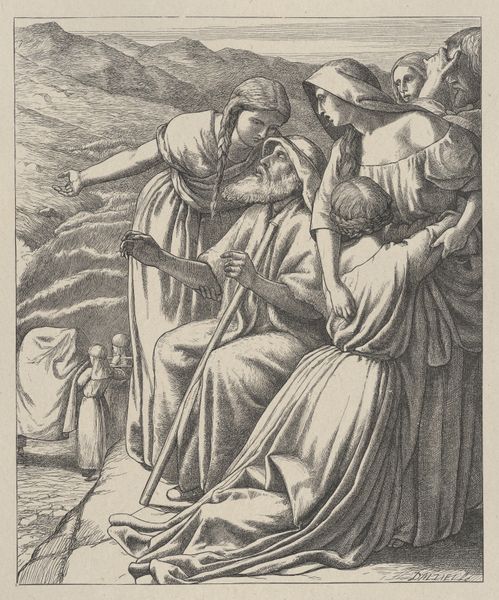
painting, watercolor
#
painting
#
figuration
#
watercolor
#
surrealism
#
history-painting
#
surrealist
#
surrealism
Copyright: Esther Newport,Fair Use
Editor: This watercolor painting, "The Ascension into Heaven," was created in 1940. The artist remains unknown, and looking at this, I'm struck by its kind of otherworldly yet unsettling mood. What socio-political context do you think might have shaped a piece like this? Curator: Given the date, 1940, we have to consider the sociopolitical climate of the Second World War. Images of hope and transcendence offered solace. But looking at it further, what societal messages or political statements are being conveyed in this context? Editor: Well, I see how traditional religious imagery could serve as a comfort during wartime. The act of depicting transcendence suggests yearning for a better world beyond current strife. Curator: Exactly. And in thinking about it further, how does this representation relate to other wartime depictions of the period, given the history painting theme tagged with this work? Does the positioning, placement of figures in the image give clues? Editor: Hmm, I didn't initially think about those connections to history-painting conventions. Maybe this depiction offers an idealized hope, diverging from grim war realities. Curator: Precisely. It’s also interesting that its almost surrealist quality invites multiple readings during that period. Do you see echoes of any other movements within surrealism impacting religious portrayals, particularly the theme of the figure? Editor: Not at first glance, I think the idea of mixing recognizable with strange is an attempt at visualizing religious transcendence. This has helped me reconsider how such pieces can be tied so tightly to very specific moments in time. Curator: Right. Understanding that context shows the role this surrealist rendition played during its era.
Comments
No comments
Be the first to comment and join the conversation on the ultimate creative platform.

